Dalit Movement in Bangladesh | FAIR’s Role in Empowering the Marginalized
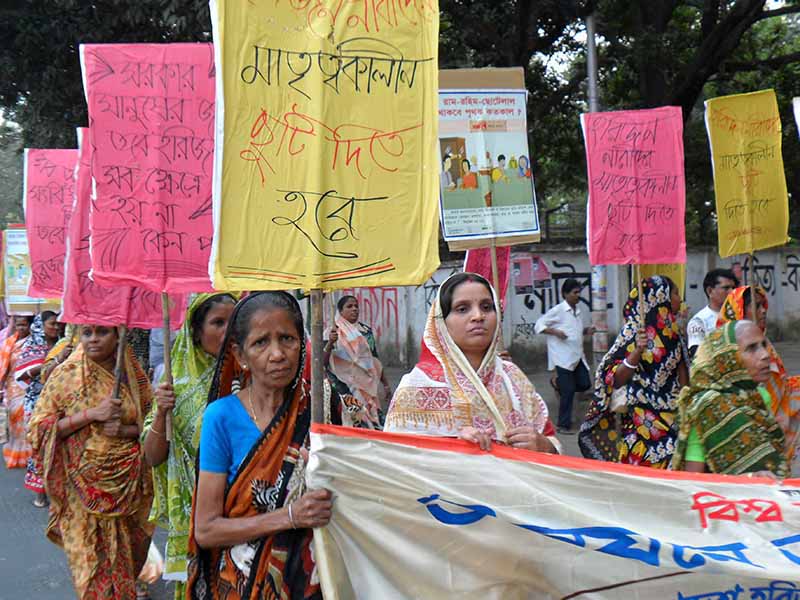
Introduction: The Struggle for Dalit Rights in Bangladesh
The Dalit Movement in Bangladesh has been a long-standing struggle against caste-based discrimination and marginalization. The Dalit community, often referred to as “untouchables” or “Harijan,” faces systemic oppression that limits their access to education, healthcare, employment, and other basic human rights. Although the constitution of Bangladesh guarantees equality for all citizens, the Dalit community continues to face social exclusion, low wages, and a lack of opportunities. This blog explores the significance of the Dalit Movement in Bangladesh and the contributions of FAIR and Bangladesh Harijan Oikko Parishad (BHOP).
In Bangladesh, the Dalit movement in Bangladesh has been significantly influenced by the efforts of several community organizations. Friends Association for Integrated Revolution (FAIR) has played a pivotal role in advancing the rights and social inclusion of the Dalit community. Alongside FAIR, organizations like Bangladesh Harijan Oikya Parishad (BHOP), Bangladesh Dalit Parishad (BDP), and Dalit and Excluded Rights Movement (BDERM) have been integral in pushing for Dalit rights in Bangladesh. Additionally, the Manusher Jonno Foundation (MJF), Research Initiatives, Bangladesh (RIB), and various other NGOs have actively supported these initiatives, collectively striving for social justice, education, employment, and cultural dignity for the Dalit community in Bangladesh.
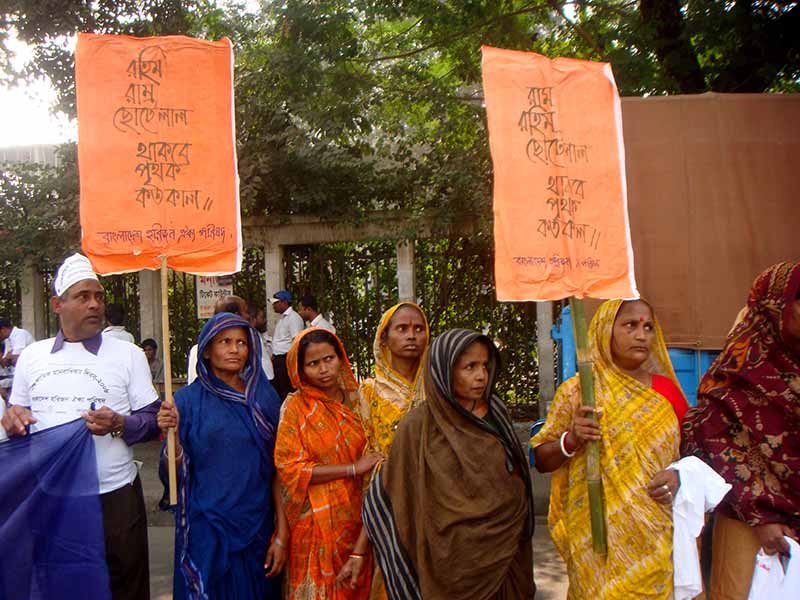
Dalit Movement in Bangladesh: Historical Context and Struggles
The Dalit Movement in Bangladesh shares similarities with the broader South Asian context of caste-based oppression. Historically, the Dalit community has been marginalized, subjected to social stigma, and excluded from mainstream society. They were considered the lowest caste in the Hindu caste system, often relegated to menial jobs such as cleaning, sanitation, and other physical labor. Historically, Dalits were denied access to temples, public spaces and were subjected to various forms of social exclusion. Despite constitutional guarantees of equality, Dalits in Bangladesh continue to face widespread discrimination and are socially segregated from the rest of society.
Over the years, several organizations have advocated for the rights of Dalits in Bangladesh. However, it wasn’t until the formation of the Bangladesh Harijan Oikko Parishad (BHOP) in the 1990s that a more formal movement took shape, working to ensure Dalit inclusion and rights. Though this movement was initially slow to gain momentum, FAIR’s involvement in 2008 marked a turning point in the fight for Dalit empowerment.
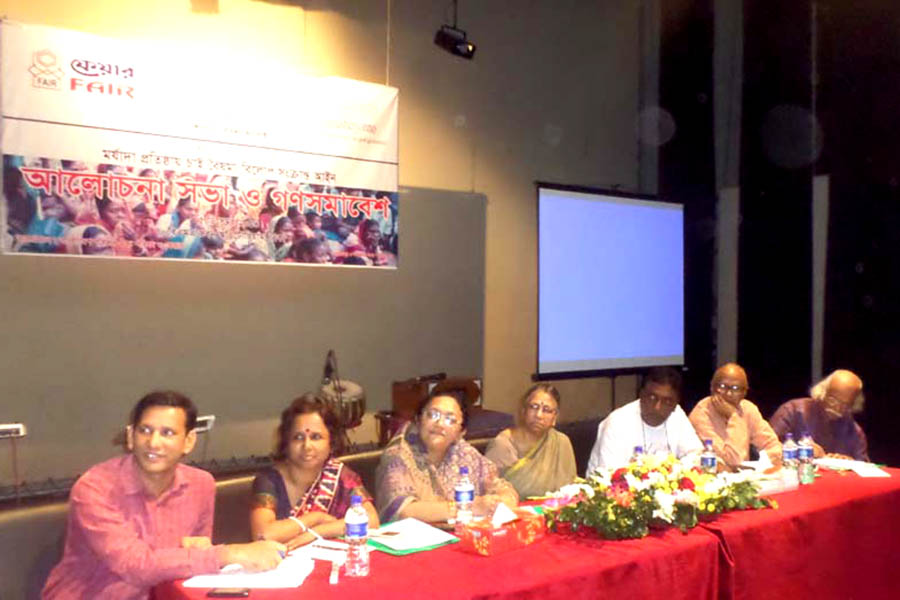
India’s Dalit Movement: Inspiration for Bangladesh
The Dalit movement in India has served as a powerful example for movements in Bangladesh. Pioneered by Dr. B.R. Ambedkar, the Indian Dalit movement fought for social justice, education, and political rights. This movement led to significant legal reforms, such as affirmative action policies for Dalits in education and employment. In Bangladesh, the Dalit movement has been similarly inspired by India’s battle against caste-based discrimination, drawing on the principles of equality and justice to create a similar movement for Dalit rights.
The Dalit Movement in Bangladesh: Key Milestones
While the Dalit community in Bangladesh has faced various challenges, it has also seen significant progress, especially after the formation of Bangladesh Harijan Oikko Parishad (BHOP). In the early 2000s, organizations like FAIR (Friends Association for Integrated Revolution) began to work with Dalit communities, recognizing the need for empowerment through education, leadership training, and social mobilization.
- FAIR’s Role in Empowering the Dalit Community:
- In 2001, FAIR began working with Dalit communities in Kushtia, focusing on the intellectual development of Dalit children through cultural activities.
- In 2003, FAIR conducted a survey in Kushtia to understand the challenges faced by Dalits. The results revealed that lack of education, weak leadership, and absence of collective organization were significant obstacles.
- In response, FAIR supported the rebuilding of Bangladesh Harijan Oikko Parishad (BHOP), strengthening its organizational capacity and enabling Dalits to present their demands effectively.
- The First Dalit Assembly:
- The Kushtia 2008 assembly was a pivotal moment in the Dalit Movement in Bangladesh, where Dalit leaders gathered to present their five-point and ten-point agendas for the improvement of their communities. This assembly set the stage for future activism and advocacy.
FAIR focused on strengthening organizations like Bangladesh Harijan Oikko Parishad and increasing Dalit advocacy at local and national levels.
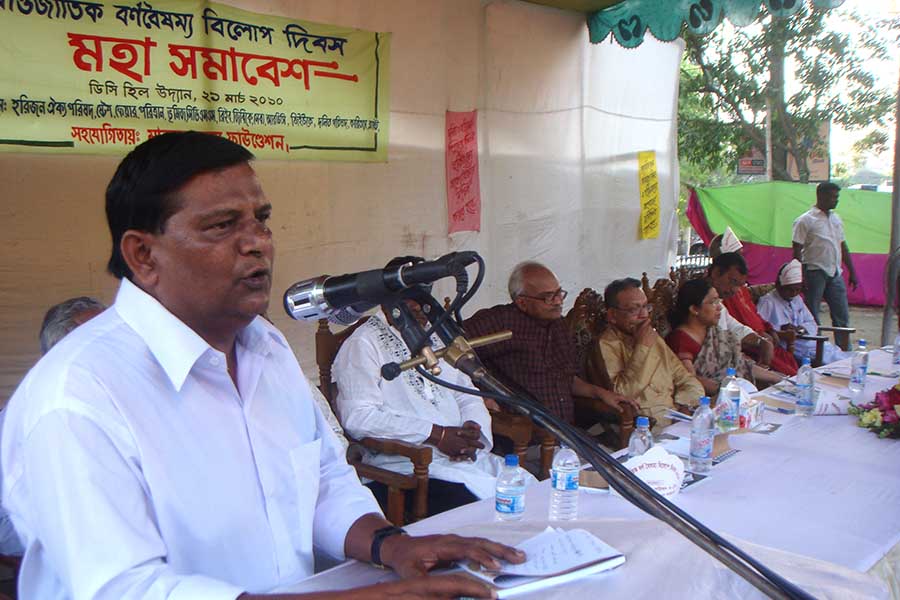
Key Initiatives by FAIR and BHOP in the Dalit Movement
Here are the primary initiatives undertaken by FAIR and Bangladesh Harijan Oikko Parishad (BHOP) in their efforts to empower Dalit communities and address systemic discrimination:
- Strengthening Dalit Organizations:
FAIR provided technical assistance to restructure and strengthen the central and district committees of Bangladesh Harijan Oikko Parishad (BHOP), ensuring that Dalit communities were organized and capable of advocating for their rights. - Leadership Development and Training:
FAIR organized workshops and training sessions for Dalit leaders to enhance their organizational and leadership skills. These initiatives equipped them with the tools to fight for their rights and secure tangible improvements in their living conditions. - Training sessions were conducted to develop leadership skills within the Dalit community. These sessions focused on organizational management and advocacy, enabling Dalit leaders to engage with policymakers effectively.
- First Dalit Assembly and Advocacy:
In 2008, FAIR facilitated the first major Dalit assembly in Kushtia, where Dalit representatives from across Bangladesh came together to present their demands. This marked a significant milestone in Dalit advocacy in Bangladesh. - Public Awareness and Media Campaigns:
Through media campaigns, FAIR raised awareness about the challenges faced by Dalits, including access to education, government services, and social stigmatization. These campaigns helped galvanize public support for Dalit rights.
Government Initiatives for Dalit Empowerment
Following the collective efforts of FAIR and BHOP, the Bangladesh government has recognized the need for Dalit empowerment and has introduced several key initiatives to improve the social and economic status of Dalit communities:
- Prime Minister’s Directive (2012): After reviewing the five-point demands from Bangladesh Harijan Oikko Parishad, the Prime Minister directed relevant ministries to take action for the development of Dalit communities. This directive helped pave the way for government initiatives aimed at Dalit welfare.
- Social Welfare Ministry Projects: The Ministry of Social Welfare launched specific projects targeting Dalit communities, including scholarships for Dalit students, skill development training for Dalit youth, and financial assistance for elderly Dalit individuals.
- University Quotas for Dalit Students: Dhaka University, Jahangirnagar University, and several other institutions introduced university quotas for Dalit students, thereby increasing access to higher education and reducing barriers to academic success for Dalit youth.
- 80% Job Quota for Dalits in Sanitation Roles: The Ministry of Public Administration introduced an 80% job quota for Dalits in cleaning and sanitation positions within government institutions, thus opening up employment opportunities for Dalit individuals in the public sector.
- Housing Projects for Dalits: Some city corporations and municipalities have begun providing housing for Dalit workers, a critical step in improving living conditions and ensuring that Dalit families have access to safe, dignified living spaces.
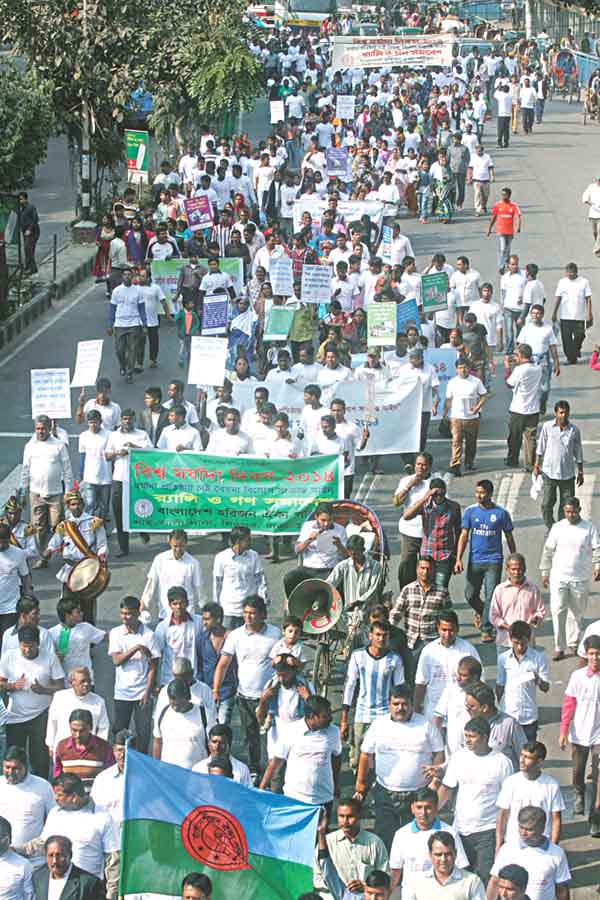
Challenges Faced by the Dalit Movement
Despite significant progress, the Dalit Movement in Bangladesh continues to face several challenges:
Challenges in Implementing Dalit Rights Initiatives
- Inter-Gotra Conflicts:
Internal divisions within the Dalit community based on caste and sub-caste identities continue to hinder collective progress and create internal conflicts. - Resistance from Traditional Panchayats:
In many areas, traditional social structures known as Panchayats resist efforts to empower Dalit communities, as they fear losing control over social and economic matters. - Social Stigma and Discrimination:
Deep-seated caste-based discrimination persists, particularly in rural areas, and continues to act as a barrier to full Dalit inclusion. - Limited Resources:
Financial constraints limit the scale and scope of FAIR’s initiatives, especially in rural regions where Dalit communities face the harshest conditions.
The Impact of the Dalit Movement in Bangladesh
The collaborative efforts of FAIR and Bangladesh Harijan Oikko Parishad have had a lasting impact on the lives of Dalit communities in Bangladesh. The Dalit Movement in Bangladesh has made significant strides in the last few decades. Some of the key impacts include:
- Political Empowerment:
- Dalit organizations like BHOP have successfully created platforms for Dalit voices to be heard in national and local politics, leading to political recognition and better policy formulation.
- Economic Opportunities:
- The introduction of job quotas and scholarships has improved Dalits’ access to education and employment, fostering economic independence.
- Social Inclusion:
- Efforts to raise awareness about Dalit rights have led to greater social inclusion and a reduction in stigma, allowing Dalits to participate more fully in society.
- Cultural Recognition:
- The Dalit movement has helped raise awareness about Dalit culture and heritage, promoting social harmony and empathy.
Conclusion: Moving Forward
The Dalit Movement in Bangladesh has made significant strides, particularly with the support of organizations like FAIR and Bangladesh Harijan Oikko Parishad. Although challenges persist, including caste-based divisions and social stigma, the continued efforts of Dalit leaders, civil society organizations, and the government are slowly transforming Bangladesh into a more inclusive society. Key steps such as scholarship programs, job quotas, and housing initiatives have already begun to empower Dalit communities, and there is a growing awareness of the need to address Dalit issues in Bangladesh.
As the movement continues to evolve, it is crucial to ensure that Dalit communities have access to quality education, employment, and social services, and that they are fully included in the nation’s development process. With ongoing advocacy and government support, the future of Dalit empowerment in Bangladesh looks promising.
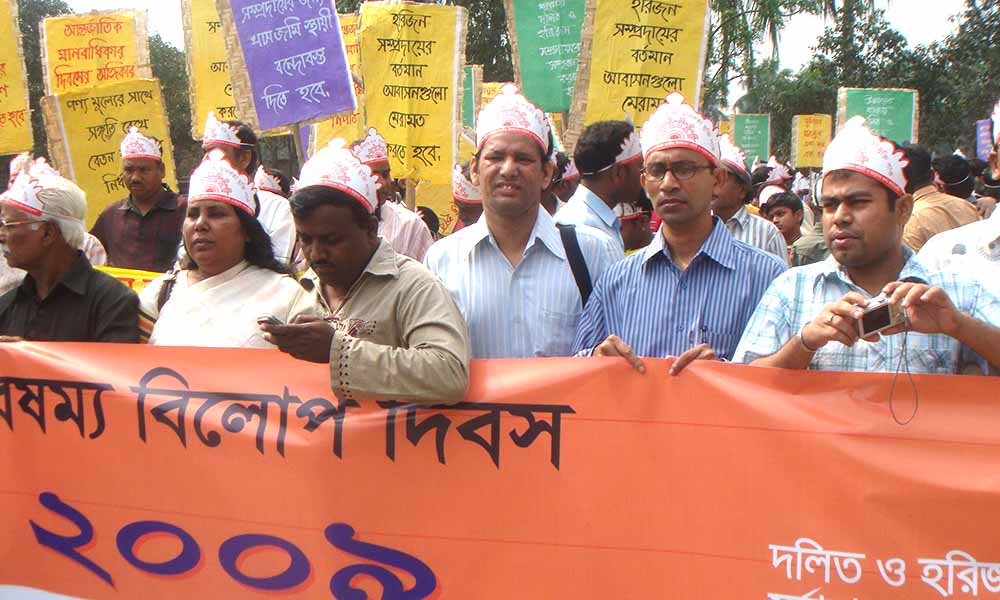
Call to Action
Join the Dalit Movement in Bangladesh today. Support initiatives that empower Dalit communities, fight against caste-based discrimination, and work towards a more inclusive society. Together, we can create lasting change for the Dalit community.
